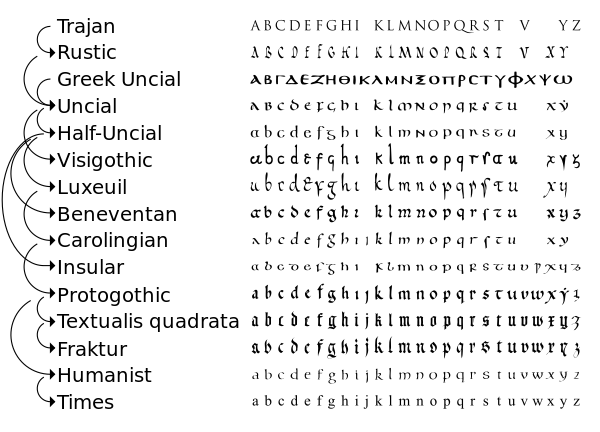The Evolution
of Media is
unique in that it treats both mass media and interpersonal media. The
evolution of media, from old media to new media, has transformed the way we
understand the world around us. New media is interactive and is user-generated while
old media is a more traditional way of communicating through television, radio,
newspapers, magazines, books, etc. (Lecture Notes. January 12, 2011).
The evolution of media is continuing to develop with much new
and efficient way of entertaining. The rise and fall of each evolution is
always in motion.
According to McLuhan,
it’s not technological abnormality that demands our attention, since it’s hard
not to notice the new and different. Instead, we need to focus on our everyday
experience of technology. A medium shapes us because we partake of it over and
over until it becomes an extension of ourselves. Because every medium
emphasizes different senses and encourages different habits, the engaging
medium day after day conditions the senses to take in some stimuli and not
register others.
The
evolution of the media has been fraught with concerns and problems. Accusations
of mind control, bias, and poor quality have been thrown at the media on a
regular basis. Yet the growth of communications technology allows people today
to find more information more easily than any previous generation. Mass media
can be print, radio, television, or Internet news. They can be local, national,
or international. They can be broad or limited in their focus. The choices are
tremendous. (LumenLearning)
Complexity
of Environments
In the “An Inconvenient
Truth”, Gore offers scientific evidence that the planet is experiencing a
critical change in climate. Even when global warming skeptics grudgingly admit
a rise in average temperature, they suggest that there is no direct
relationship between this change in climate change and the emissions of carbon
dioxide and other greenhouse gasses from human activities.
A
MEDIA ANALYSIS OF HUMAN HISTORY
McLuhan was critical of
social observers who analyzed the Western world but bypassed the effects of
symbolic environments – be they oral, print, or electronic. He specifically
accused modern scholars of being “ostrich-like” in refusing to acknowledge the
revolutionary impact of electronic media on the sensory experience of
contemporary society.
In the figure above,
McLuhan divided all human history into four (4) periods, or epochs – a tribal
age, literate age, print age, and an electronic age.
The
Different Kinds of Ages in Media Evolution
1.
The Tribal Age: An Acoustic Place in History
2.
The Age of Literacy: A Visual Point of View
3.
The Print Age: Prototype of Industrial Evolution
4.
The Electronic Age: The Rise of Global Village
5.
The Digital Age: Rewiring the Global Village
6.
Ethical Reflection: Postman’s Faustian Bargain





















